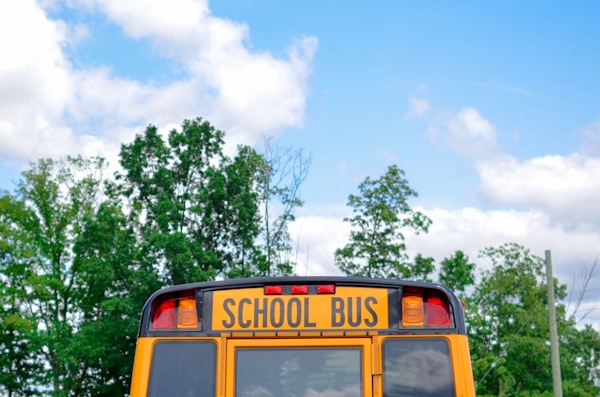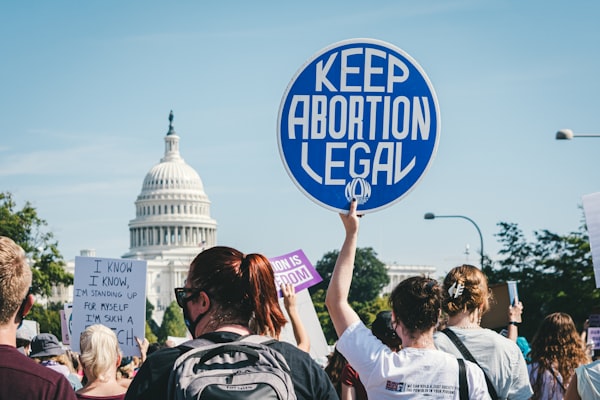The Art of Hurricane and Climate Change Trauma

There is something unsettlingly medical about Deborah Jack’s exhibition at the Houston Center of Photography. Intertidal Imaginaries: The Resistant Geographies of the Shore(coast) in the Aftermath of Saltwater(storm) surges an exploration of the devastation that hurricanes wreak on the environment and human structures of her native Saint-Maarten. One wall is dedicated to a series on the effects of saltwater, wind, and rain on walls.
For Houstonians who have lived through the increasingly brutal tropical storms and hurricanes, the images of wrecked plaster will be very familiar. They look like scarred flesh, old burns, or maybe radiation poisoning. The walls have an infected quality brought about as the salt expels itself. In her artist’s statement, Jack asked if the sea has a memory. Are humanity’s crimes traumatic enough to make the ocean haunted, its storms more like poltergeist activity than natural phenomena?
Saint-Maarten is one of the most vulnerable areas on the planet when it comes to climate change. One study from the Institute for Environmental Studies at VU in the Netherland estimates that floods could cover half the city of Philipsburg by 2100. Jack’s work shows an ongoing disaster that never ends.
“The storms have been devasting over and over again,” says Houston Center for Photography director and curator Anne Leighton Massoni. “These photos highlight the repetition of the devastation. The mangroves are used to brackish water, but now they’re dying because the saltwater is completely taking over.”
The trauma of Hurricane Harvey has never really left Sara Cress. She still has nightmares of floods, and the sound of rain is an immediate emotional trigger. As the next hurricane season looms, she worries what’s going to become of her house because last time she lost nearly everything.
“This house, it’s great that we own it, but it’s going to flood again, and this won’t be here much longer,” she says. “It feels haunted.”
At the time the storm hit in 2017, Cress had made a name for herself as a poet focusing on breaking headlines, a job that she was uniquely qualified for considering her stint as a journalist and editor at The Houston Chronicle. Her third volume of work, Breaking Poems: Harvey, is a raw, visceral collection of her emotional wounds.
One poem, “a short winter,” mirrors the disease language of Jack’s visuals. As the heat approaches (something Houston is already experiencing), Cress compares the upcoming hurricane season to a cancer. One part reads:
Fast, like a tumor you pray against for no reason,
for it has already published its end.
February spring.
Flowers appear, confused,
drunk girls at a funeral.
We join them
to celebrate whatever is left.
These were among the last poems she wrote.
“They helped me cope with it,” she says. “Then I lost it somewhere. I’ve dealt with a lot of weird guilt, like this was meant to happen to me. Why are you picking on me, sky?”
Wounds from storms was how James D. Phillips got his start as a chainsaw artist. In 2009, Hurricane Ike slammed into the Texas coast. Human-driven climate change has made the gulf storms more frequent and deadly. Over a hundred people died in Ike. Also dead? Innumerable trees.
The loss of the trees in Galveston was heartbreaking to many residents. Rather than cut them down, Philips was hired to start carving them into beautiful sculptures. He has a penchant for fish and sea birds.
“People love lemonade from lemon stories,” he says. “I’ve seen it in other areas. Communities are built on trees.”
Trees killed by hurricanes used to make up a good chunk of Phillip’s commissions, but climate change has crept into the other seasons. Lately, he has been working in Alvin. Winter Storm Uri was the latest natural disaster to sweep through Texas, another symptom of the radically changing climate with horrific results.
“These people, an older couple, built this nice home,” he says. “The property was left natural, and overgrown. When we had the freeze, it wiped out all of these things. They had all these corpses of trees that they had an attachment to. It was depressing, but they love them.”
Phillips has particularly enjoyed working on a tree planted by the husband’s father. Its twisted branches have been transformed into flowers and birds. The sculpture is a way to keep the tree and its memories alive.
“They hung around and shot the shit under this tree,” he says. “It became like an old friend. I see that often, especially when they want to blow a lot of money on having me come out and carve.”
The effects of climate change have cost Texans hundreds of lives and billions of dollars in damage over the last several decades. That doesn’t take into the account the emotional toil that living under a slow-motion apocalypse takes. Fighting climate change has been difficult thanks to moneyed interests and entrench partisan political infighting.
However, there is hope in art. Though she no longer writes, Cress believes that talking about how the storms have hurt people is the only way that some people can be reached. Terrible as he experiences during Harvey was, she also remembers the camaraderie and kindness.
“We had a saying, that it didn’t matter whose political yard sign was underwater,” she says. “People helped. If we can reach people, art can be the path forward.”
Intertidal Imaginaries is on view until May 26 at the Houston Center for Photography






